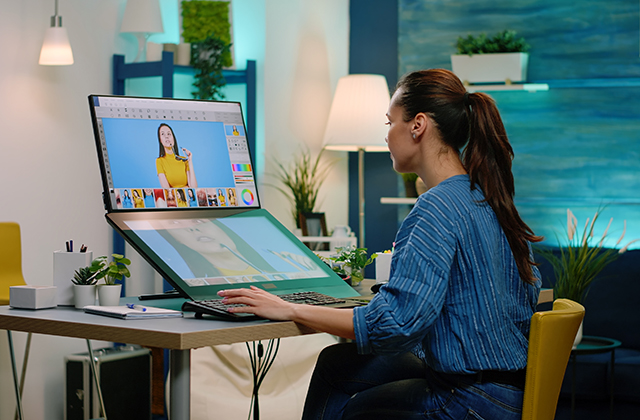The Hidden Benefits of Concept Boards: Improving Collaboration and Saving Time
Introduction
Concept boards are a tool that can help teams streamline the creative process, from brainstorming to finalizing ideas. They provide a visual representation of ideas, concepts, and data, making it easier for team members to understand and collaborate. In this article, we’ll explore the hidden benefits of using concept boards and provide tips and best practices for using them effectively. Tv storyboard maker can collaborate with film producers.
What are Concept Boards?
Concept boards are visual aids that represent ideas, concepts, and data. They can be created using various tools, including whiteboards, sticky notes, or specialized software. They are often used in creative industries, such as advertising, design, and filmmaking, to organize and present ideas to clients and team members.
How do Concept Boards Work?
Concept boards work by providing a visual representation of ideas and concepts. They allow team members to see the big picture and how individual ideas fit together. They can be used for brainstorming, organizing ideas, presenting to clients, or as a reference tool during the creative process. They are often collaborative, allowing team members to contribute ideas and opinions.
The Hidden Benefits of Concept Boards
Improved Collaboration
Concept boards facilitate collaboration by allowing team members to contribute ideas and feedback. They provide a visual reference that makes it easier for team members to understand each other’s ideas and how they fit together. This can lead to more productive brainstorming sessions and more effective collaboration.
Saving Time
Concept boards can save time by streamlining the creative process. They provide a visual reference that can help team members stay focused on the big picture and avoid getting bogged down in details. They can also help teams identify and resolve issues early on, which can save time in the long run.
Enhancing Communication
Concept boards enhance communication by providing a clear and concise visual representation of ideas. This can make it easier for team members to understand each other’s ideas and opinions, leading to more effective communication and collaboration.
Increasing Efficiency
Concept boards can increase efficiency by providing a centralized location for ideas and feedback. They can help teams stay organized and focused, making it easier to track progress and identify next steps.
How to Create a Concept Board
Creating a concept board can be done using various tools, such as a whiteboard or sticky notes, but there are also specialized software options available. To create a concept board, start by identifying the main idea or theme of the project. Next, brainstorm ideas and concepts related to the main theme and organize them into groups or categories. Then, refine and narrow down the ideas until you have a clear representation of the project’s direction and goals.
Tips for Using Concept Boards
When using concept boards, there are several tips to keep in mind to make the most of this collaborative tool. First, make sure everyone on the team has a clear understanding of the project goals and direction. Next, encourage participation and feedback from all team members to ensure a diverse range of ideas and perspectives are represented. Finally, use the concept board as a reference tool throughout the project to stay on track and ensure the final product aligns with the original vision.
Best Practices for Collaborating with Concept Boards
Collaborating with concept boards requires effective communication and organization. To make the most of this tool, establish clear roles and responsibilities for team members and designate a leader to oversee the project. Ensure everyone has access to the concept board and can contribute ideas and feedback as needed. Finally, set regular check-ins and meetings to discuss progress and address any issues that arise.
Examples of Concept Board Software
There are several software options available for creating concept boards, including Trello, Mural, and Milanote. These platforms offer a range of features, such as the ability to collaborate in real-time, organize ideas into categories, and add multimedia elements to the board.
Case Studies of Concept Board Success
Concept boards have been successfully used in various industries, including advertising, design, and filmmaking. For example, a design agency used concept boards to collaborate on a rebranding project for a client, resulting in a final product that exceeded the client’s expectations. In another case, a film production team used a concept board to organize ideas for a movie, resulting in a streamlined production process and a final product that resonated with audiences.
Potential Challenges and Solutions
While concept boards can be an effective tool for collaboration and idea generation, there are also potential challenges to keep in mind. These may include a lack of participation from team members, difficulty narrowing down ideas, or disagreements on the direction of the project. To address these challenges, ensure everyone on the team has a clear understanding of the project goals and direction, establish a process for narrowing down ideas, and encourage open communication and feedback from all team members.
Conclusion
In conclusion, concept boards are a valuable tool for improving collaboration and saving time in the creative process. They provide a visual representation of ideas and concepts, making it easier for team members to understand and collaborate effectively. By following best practices and using specialized software, teams can streamline their creative process and achieve their goals more efficiently.


